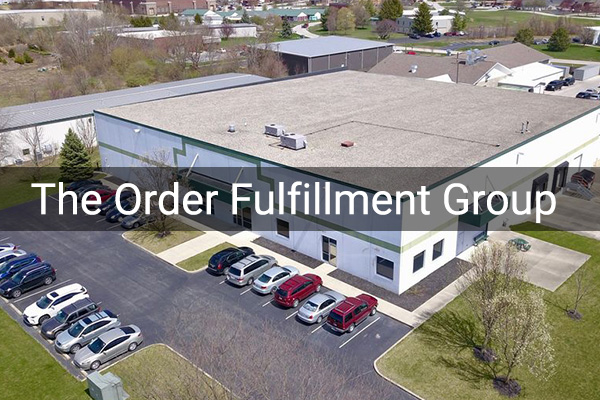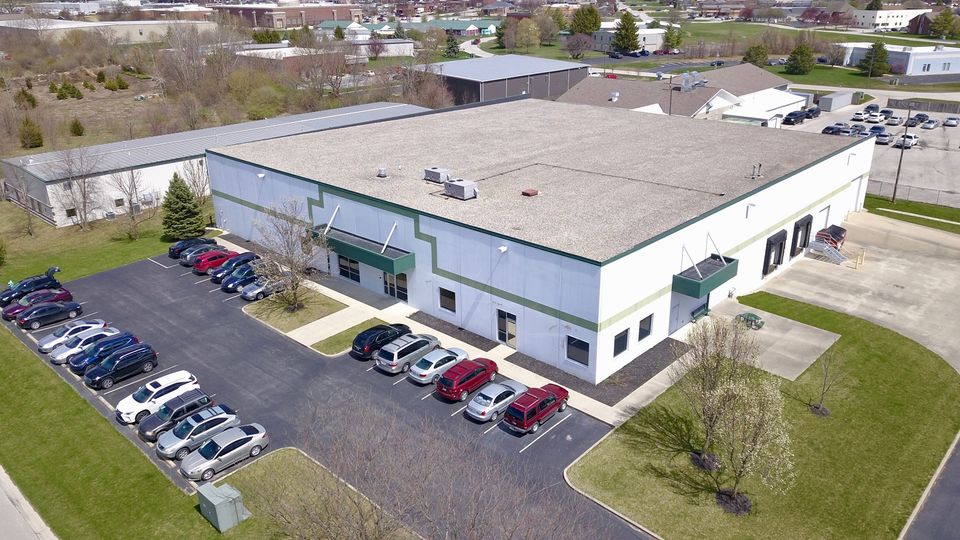Case Study: The Order Fulfillment Group

Overview
The Order Fulfillment Group (TOFG) specializes in providing fulfillment services to business-to-business and business-to-consumer clients ranging in size from Fortune 1000 corporations to small enterprises.
Founded in 1989, the Indianapolis-based company operates from a 28,000-square-foot fulfillment center strategically located between hubs for UPS and the U.S. Postal Service.
Known for its efficiency and quick turnarounds, the third-party logistics provider (3PL) offers comprehensive fulfillment and distribution services that include order entry, accounting, warehousing, and returns receiving to organizations nationwide.

Challenge: Replace an Outdated Legacy Warehouse Management System
The Order Fulfillment Group had outgrown its legacy warehouse management system (WMS), an Oracle database it had continually customized over the years. It was time to implement a cloud-based system that was as cutting-edge as the company’s services, but flexible enough to accommodate TOFG’s unique needs. Some of them, such as the way the 3PL charges freight, are related to its own business practices. Others are client-specific.
When Director of Operations Robert Kolpien began exploring software options, he was frustrated by the lack of flexibility among many providers. “They tended to have a ‘this is what we do and you have to fit in’ approach,” he says. Then he connected with Camelot 3PL Software, whose philosophy seemed aligned with the 3PL’s.
“One reason clients work with us is that we don’t make their square peg fit into our round hole,” says Kolpien. “We’re big enough to handle anything they’ve got but small enough to customize. I got the sense that Camelot had a similar approach.” It was the right fit.
To maximize the impact of Camelot’s Excalibur WMS™, the software provider’s team worked with TOFG to understand system-wide processes as well as client-specific deviations. That allowed Camelot to give the 3PL a fulfillment system that uses a standard pick and pack configuration for low-volume fulfillment and the more powerful eOrders module for high-volume demand. Rules built into the software allow the system to automatically move between the two options as needed for individual clients.
“The beauty of our WMS is that we have a solid core product we can adapt and modify if needed,” says Tola Coates, Camelot’s consulting manager.
Unique Client Required Unique Solution
The two organizations migrated TOFG’s least complicated clients to Camelot’s Excalibur WMS™ first. This allowed time for Kolpien and Coates to make adjustments and streamline processes that applied to most of TOFG’s client processes before working on the company’s most complicated projects.
One adjustment involved packaging. “The Order Fulfillment Group uses a box machine to build custom packaging, and charges clients for those supplies. We had to make sure the software could capture that information for billing,” says Coates.
With most of the system-wide modifications in place, the team began moving the more complex fulfillment clients into the system. One of them, a manufacturer of electronic communication components such as modems and routers, requires TOFG to track product identification numbers. The identifiers range from MAC (media access control) addresses to IMEI (international mobile equipment identity) and serial numbers to SIM card identifiers.
The process starts when TOFG imports the product number database for components as they’re received in the Indianapolis warehouse. With the legacy WMS, the 3PL couldn’t confirm that the numbers in the database matched those in the shipment until it scanned individual components as they filled orders. A product with a serial number that wasn’t on the original list created headaches for the shipment and the client.
“We used the Excalibur WMS implementation as an opportunity to figure out how to validate those numbers earlier in the process. As a result, we’re now the only 3PL they’re working with that can do this for them,” says Kolpien. Catching any aberrations earlier saves time for both TOFG and its client, he adds.
In addition, to simplify order fulfillment and inventory management, Camelot altered the database structure so that component numbers are automatically stored in a supplemental data table as they’re imported. “This keeps the user experience as clean and simple as possible,” says Coates.
Documenting Added Tasks for Billing
The electronics manufacturer also pays TOFG to perform certain activities that are unique to its components when filling some orders. Tasks include replacing antennas and power supplies for orders shipped outside the U.S. and updating firmware when necessary. TOFG charges a “per task” fee for those services.
Before implementing Excalibur and its eOrders and Easy Scan modules, Kolpien manually reviewed orders at the end of the month to calculate fees. “Sometimes it would take me a week to get that invoice out, and I probably missed some orders, which means we were leaving money on the table,” he says.
The new system captures that information digitally, making accurate invoicing quick and easy. “It’s saving me time because it’s far more efficient, but more importantly, we’re boosting client confidence. They’re getting better information from us now,” Kolpien adds.
Kitting Capability Boosts Efficiency
TOFG is also using the new WMS with component kitting processes. Some orders include the same two or three products, so they’re kitted in advance and assigned kit product numbers in the system. The kit numbers are linked to the component numbers inside the kit, as well.
The 3PL is using this capability with other clients, too, including one that sells music instruction books both individually and bundled. After using the WMS to identify the best-selling bundles, TOFG began kitting them in label-ready boxes for quicker fulfillment.
Replacing the legacy WMS with a more powerful and versatile tool took time and patience, Kolpien notes. He’s pleased to have found the right partner for the project.
“I appreciate that Camelot sees this as a partnership and not just a typical client-provider relationship,” he says. “Their willingness to think outside the box and be creative has really saved us more than once. We’re a good match.”
